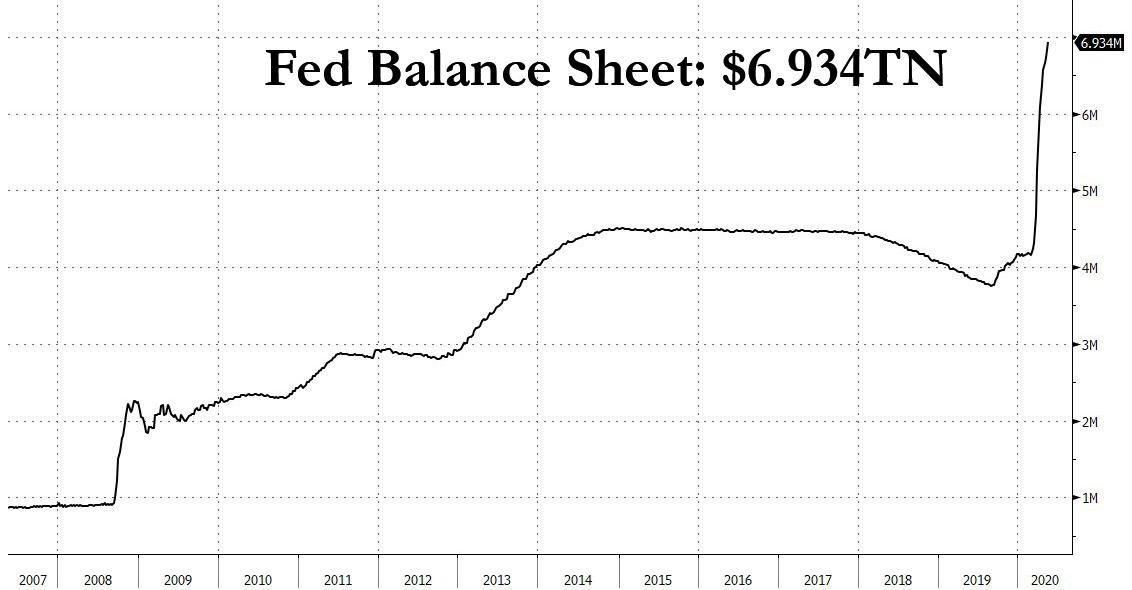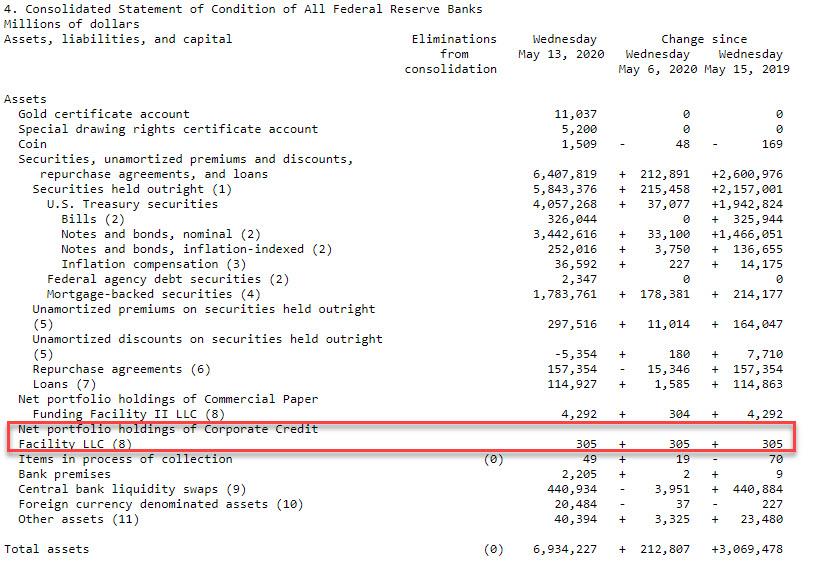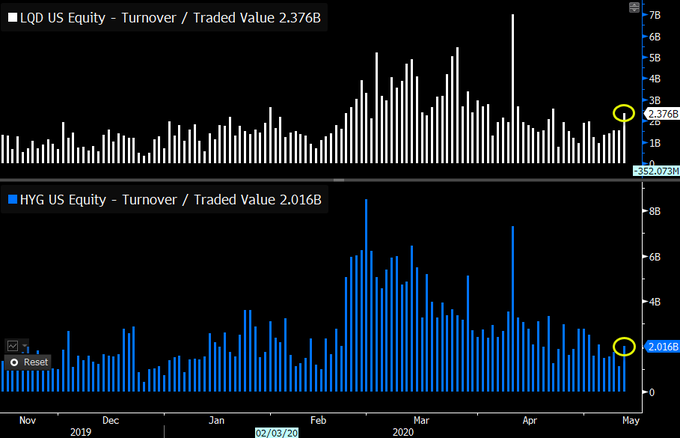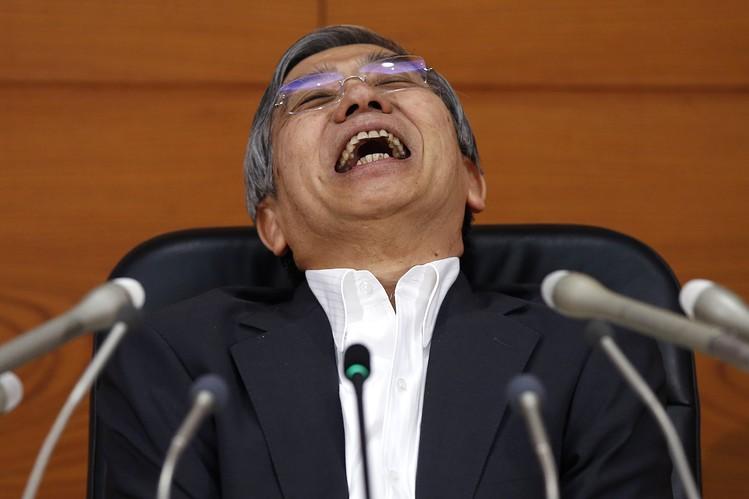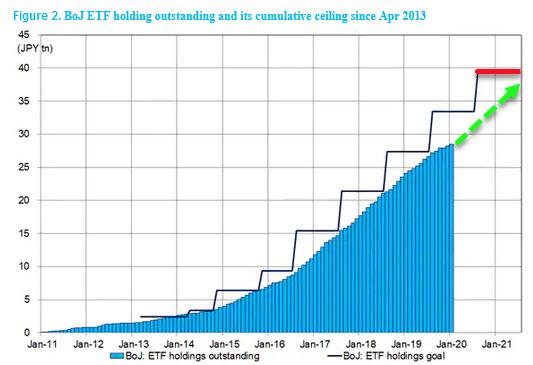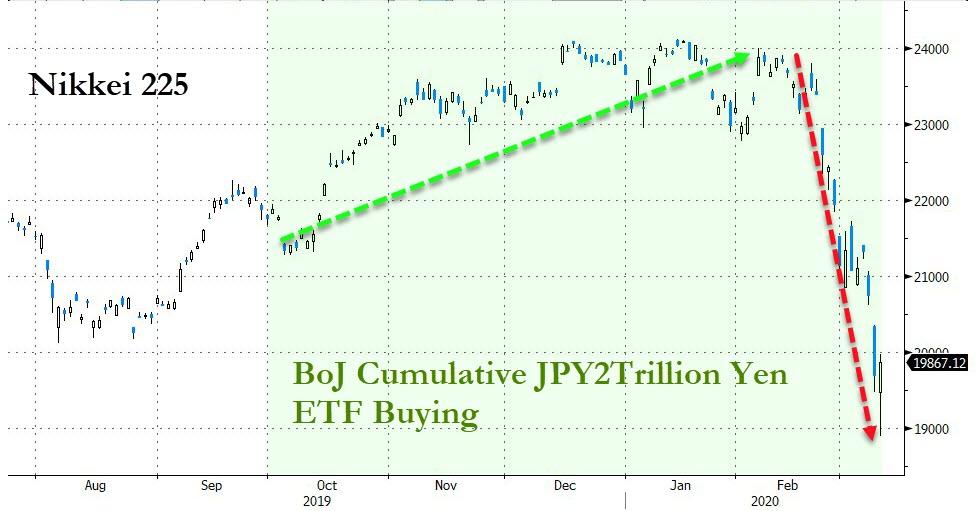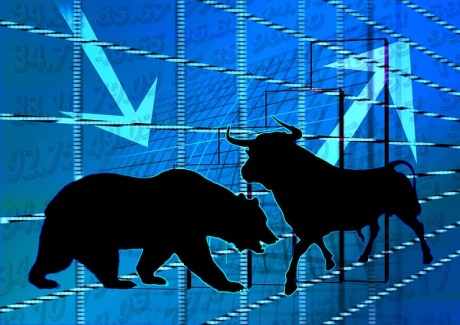Easy money is a curse for capitalism.
Through the first half of August – which is normally a quiet period for the bond market in the US – a total of $56 billion in junk bonds and leveraged loans were issued by junk-rated companies, according to S&P Global. That was nearly 50% higher than the prior records for the same period in 2012 and 2016, and more than double the amount issued in the entire month of August last year.
The Fed’s announcement on March 23rd that it would start buying corporate bonds and bond ETFs set off a huge rally in the bond market, including in the junk-bond market.
The rally started before the Fed ever actually bought the first bond. And then the Fed hardly bought anything by Fed standards. Through the end of July, it bought just $12 billion in corporate bonds and bond ETFs, including a minuscule $1.1 billion in junk bond ETFs. It’s not even a rounding error on its $7-trillion mountain of assets.
But the announcement was enough to trigger the biggest junk-debt chase in the shortest amount of time the world has likely ever seen. And it kept the zombies walking, and it generated a whole new generation of zombies too.
The junk-bond ETFs the Fed dabbled in hold junk-bonds issued by companies that have been taken over by Private Equity firms in leveraged buyouts, where the acquired company itself borrows the money to pay for its own acquisition. Leveraged buyouts produced the first big wave of bankruptcies among retailers that started years before the Pandemic, and included Toys R Us, now liquidated.
The junk bond ETFs that the Fed has bought hold these types of bonds, including bonds by PetSmart, which was taken over in a leveraged buyout by private-equity firm, BC Partners.
…click on the above link to read the rest of the article…


